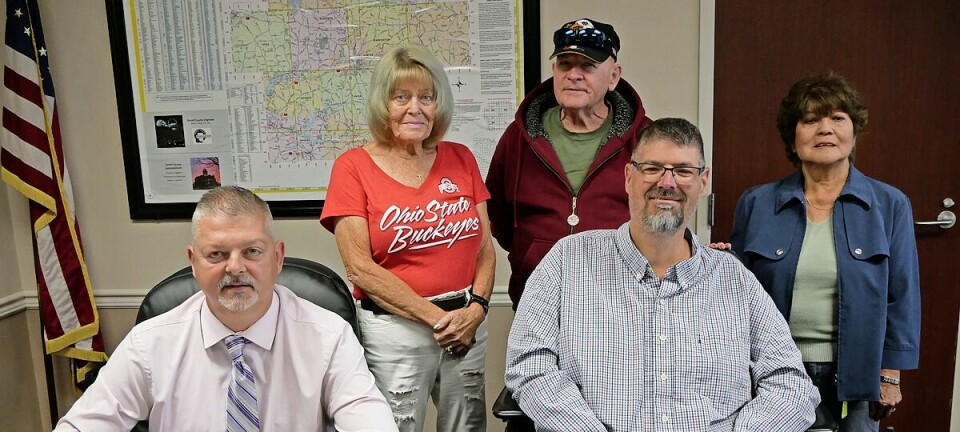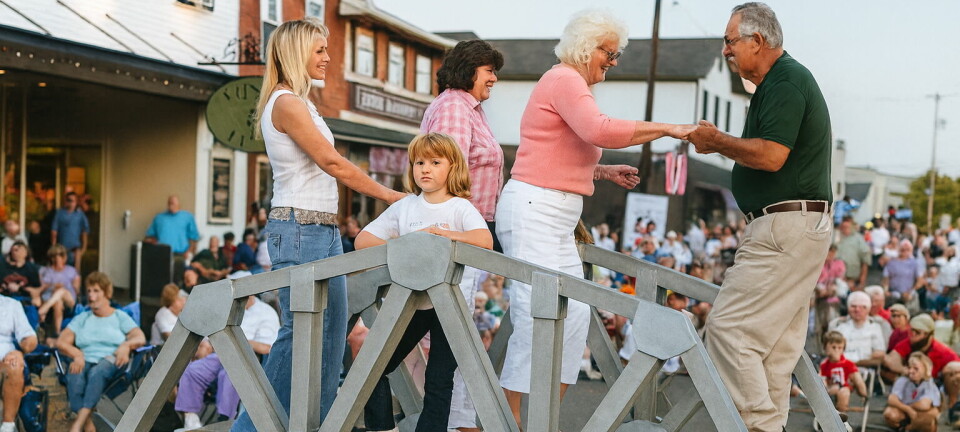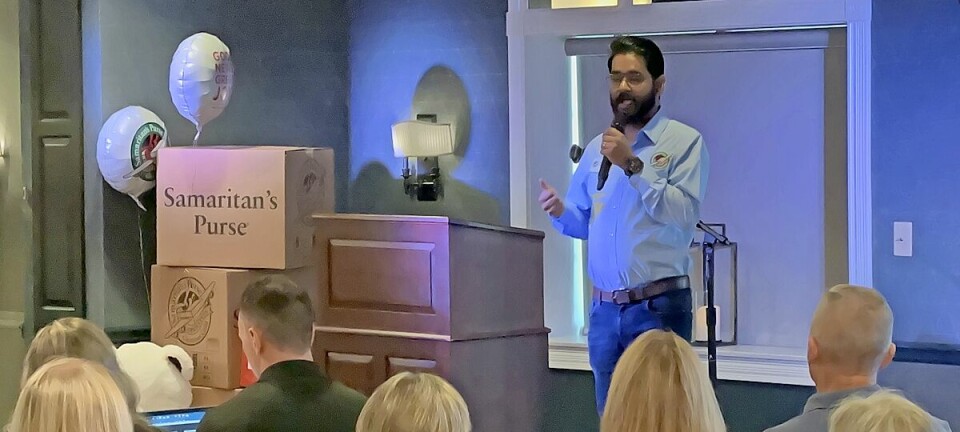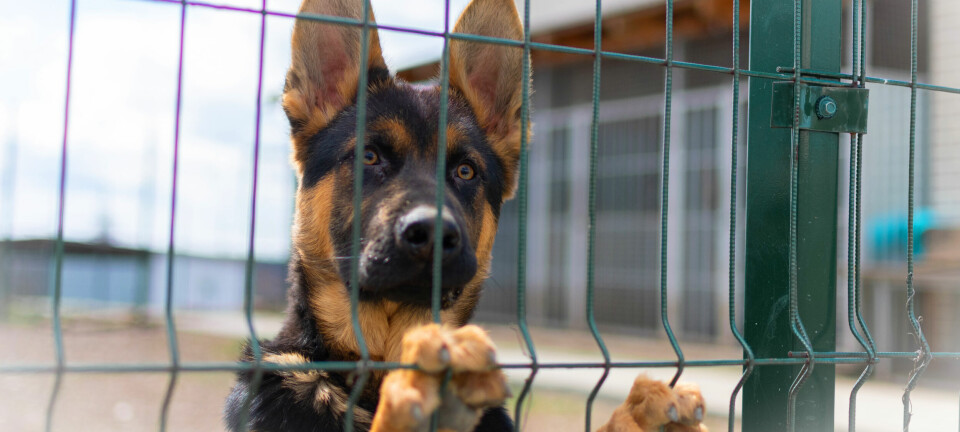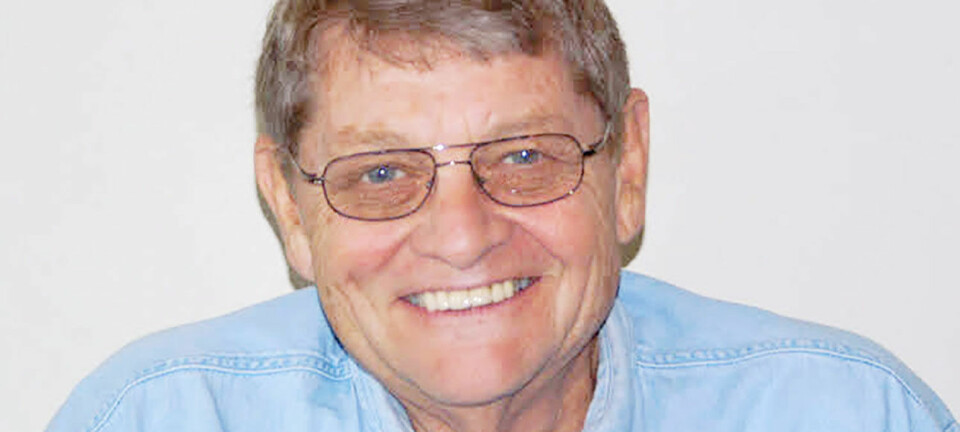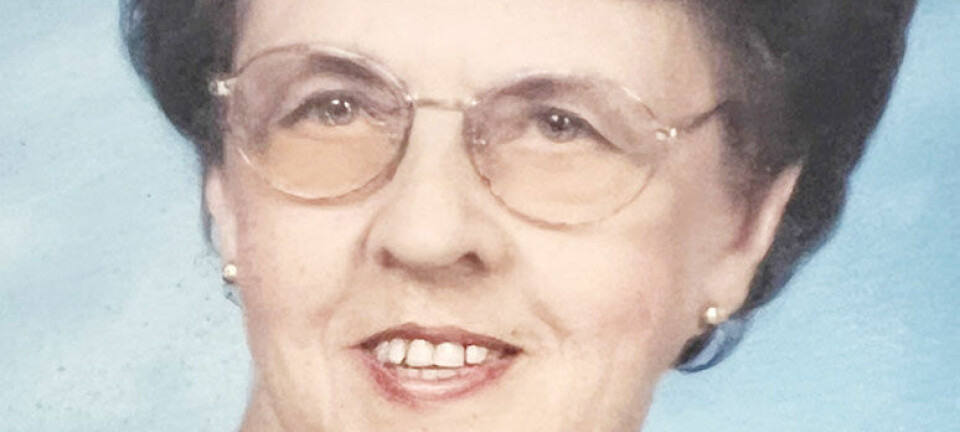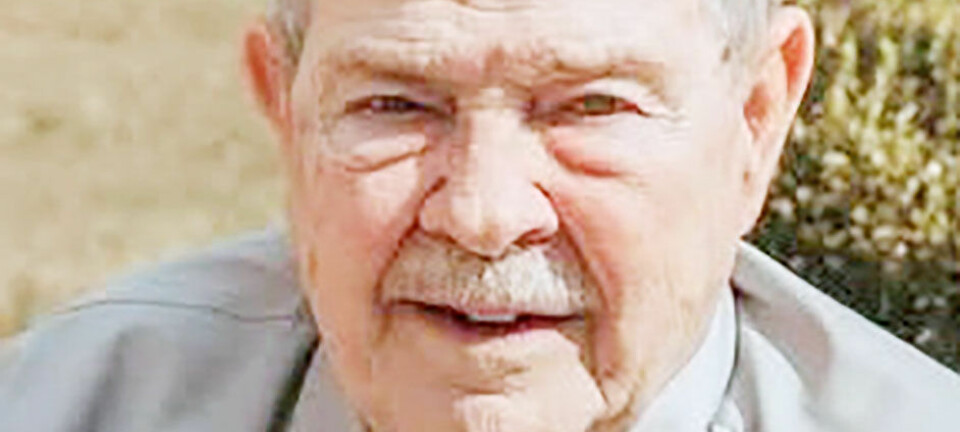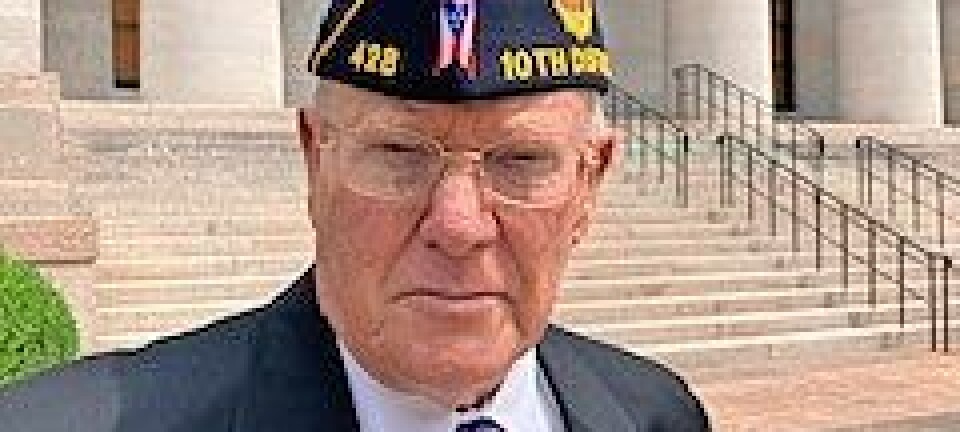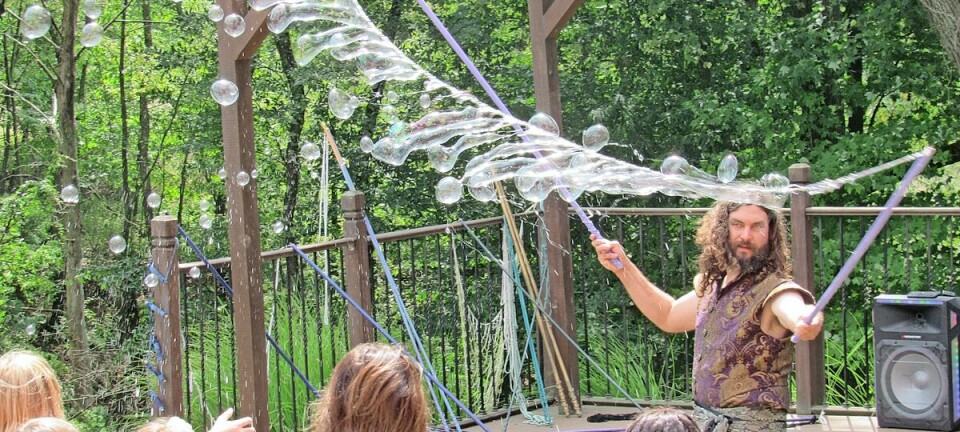BCC simulation event gives students experience

Shootings, stabbings, car crashes, seizures, a fall from a tree stand, cardiac arrest, broken bones and many other medical emergencies — emergency medical technician students and nursing students saw it all at a recent EMS simulation day held at BCC in New Philadelphia on Feb. 19.
Participating in the event were students from the Buckeye Career Center EMT program and the Kent State University Tuscarawas School of Nursing. About 150 people were involved in the simulation including multiple area agencies that donated use of their ambulances to respond to the calls.
“This is our second year (for the simulation day). We started last year because of COVID. Our students were limited on clinical experiences, so this was our solution to fill the void and the experiences they were missing out on,” said Cody Shelter, FP-C, paramedic, EMS-AI, an instructor in the EMT program at BCC.
Learning to think critically during an emergency is the most important thing students can learn.
“If we’re not calm and in control of the situation, who’s going to fix it?” said Dr. Kevin Miller, the medical director for the BCC EMT programs. He also is one of the EMS directors for the county and works as an emergency room physician at Cleveland Clinic Union Hospital.
Critical thinking during an emergency is not something you can learn in a book.
“They go through the course, and they learn general medical knowledge, and they learned some manual skills. Then today, what we're able to do is bring them all together and to start to do some critical thinking as far as the scene and patient management,” Miller said. “Today's the day to start to learn that process of critical thinking, to work out those kinks. If they're going to make errors or mental mistakes, let's start making those here on practice patients where it's under supervision so that we can correct those things from the start, to try and build good habits from the beginning.”
Just like in real life, when the students encounter a simulated emergency, they do not know the patient’s situation.
Jamie Burgasser, a firefighter and paramedic with the New Philadelphia Fire Department, served as one of the proctors at the event. She was looking for specific actions from the students. She watched as the students assessed a grandfather and his grandson at the scene of a simulated accident in the woods behind BCC that involved a fall from a tree stand.
“I’m looking for efficient patient care, quick decision-making, the ability for them to decide what level of care the patient needs and what facility the patient needs to go to. They need to know what resources they have here and to know what equipment they're carrying,” Burgasser said.
The student must verbalize they are checking the patient’s vitals and need results like a blood-pressure reading before the proctors can give them the information that is associated with that simulation.
“(The simulations) are about as real life as you're ever going to get before you get on the job, and they're essential. They're necessary. Otherwise, they just leave a classroom thinking that reading in the book is how life is going to go. That's not how it is,” Burgasser said.
The simulations are good opportunities for students to practice their skills on their own. The students were impressed with the event and what they learned.
“It’s one thing to talk about it in class but another to actually apply it,” KSU nursing student Taffy White of Canton said.
It was a cold day, but the simulations were held outside. According to Shetler, the date lined up with the end of the EMT classes at Buckeye, but there also was another reason.
“EMS runs 24/7, even if it's cold and rainy. So as long as it's not lightning and thunder, we're going outside,” Shetler said.
There were many individuals and organizations that made the day a success including Becky Amistadi and Dana Miller, both EMT instructors at BCC who helped plan the event; the BCC administration for allowing the event to take over the campus for a day; and Dr. Miller and Dr. Jake Current.
Area services that sent people and resources were Sugarcreek Fire & Rescue, Erie Valley Fire, Stark Ambulance and EMT Ambulance.
“Overall, I do believe the day was a success,” Shetler said. “We challenged our students in multiple ways, making them use every skill they have to complete the patient transport. The students did an amazing job.”
Shetler said many of the students who are currently in the EMS classes are volunteers.
“We hear a lot of how volunteerism is dead, and I would like to challenge that statement,” Shetler said. “There are many volunteer departments in our county who are thriving. I believe it all comes down to leadership and creativity. I would like to thank every volunteer who continues to respond to calls for help in our county.”
The simulation day highlighted the positive effects of the BCC EMT program, students and instructors.
“I think we have a very good EMT program. We've got some very good instructors. And once again, our goal is to teach people to be able to critically think out in the field. These are licensed healthcare professionals,” Miller said. “We want them to be able to function as such because the interventions that happen on scene, in those first few minutes, can determine the ultimate outcome for our patients.”
BCC’s adult program runs its six-month EMT programs continuously each year. When one program ends, another starts. Its advanced EMT class takes more time, about 7 ½ to 8 months, so only one of those classes are held each year.
In the EMT classes, students learn more stabilization, monitoring vital signs, basic splinting, patient handling, moving and report writing, among other things. In the advanced EMT class, they do more cardiac monitoring, learn to start IVs and put in a breathing tube, and other procedures.
The students also do a clinical ride time with fire departments and ambulance services on real emergency calls, but they are supervised the entire time by someone who is already licensed.
Shetler said one of the most important things people can do to help EMS providers is put their house number on their home and learn CPR.
In addition, area organizations are always looking for volunteer EMT providers.
“If you live in a community that you're not sure what to do, contact us at Buckeye and we'll put you in contact with your local ambulance service. Everybody needs volunteer EMTs,” Shetler said.
Many times the departments will pay the costs for the volunteer to receive the training.
“I think what keeps people volunteering in our area, specifically in Tuscarawas County, is we're from these communities. We're running for people that we know, and we're helping take care of our community. I think that's what it ultimately comes down to for a lot of us,” Shetler said.



